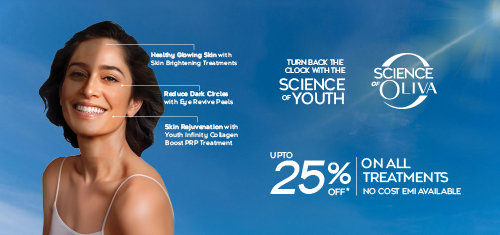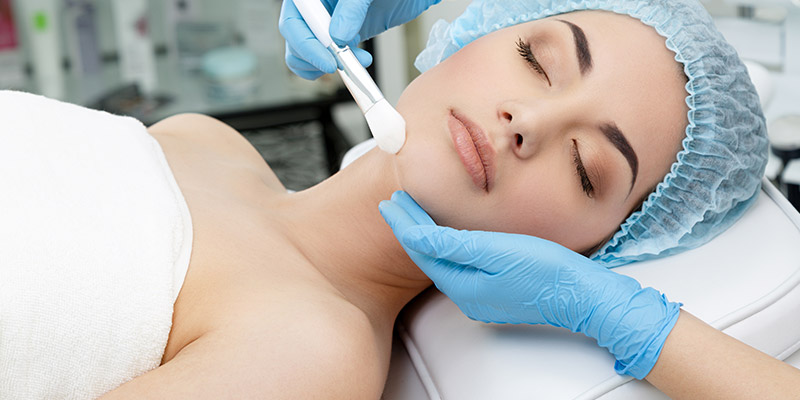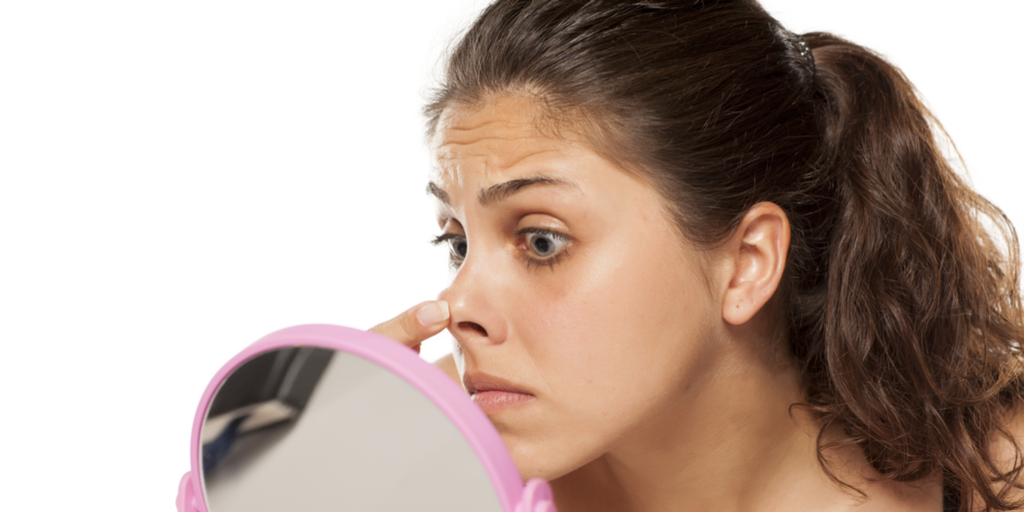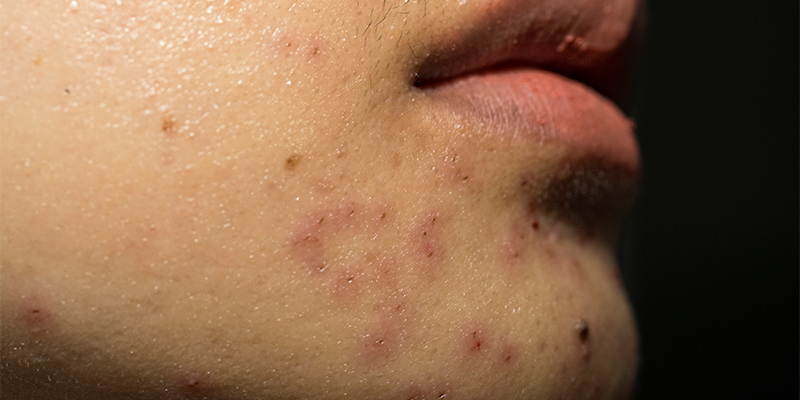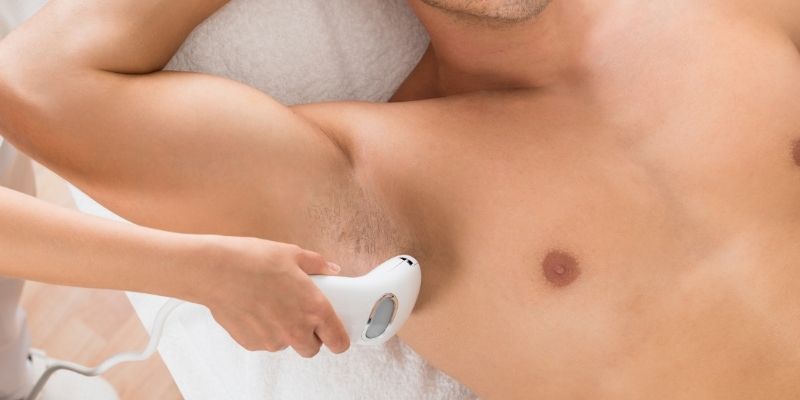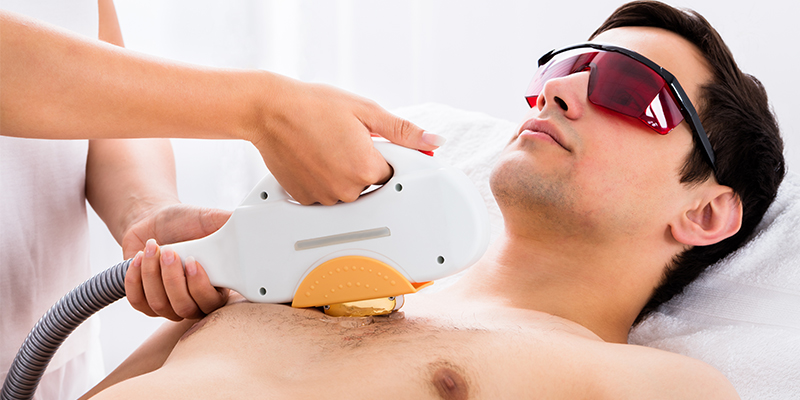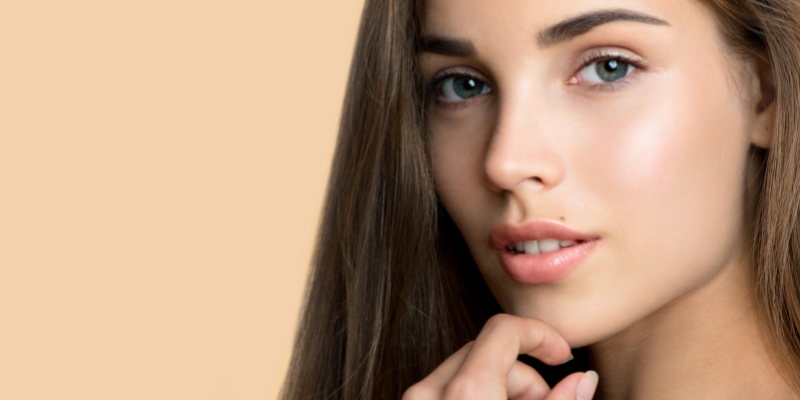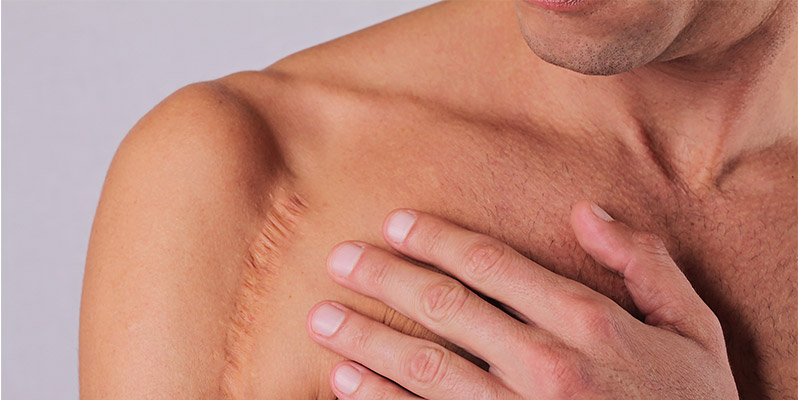Find Out The Types And The Best Chemical Peel That Suits You!
Chemical peels help to rejuvenate your skin and give it a healthy glow. However, it might be confusing to select the right peel for your skin condition. The type of chemical peel depends on the skin concern and skin type.
Is Chemical Peel Good For Your Skin?
Watch this video now!
Which Chemical Peel Is The Best?
There are different types of chemical peels whose use is based on their skin layer penetration, chemical ingredients and the strength of the alphahydroxy acids in them. Depending on the skin concern you wish to treat, a dermatologist will recommend the appropriate type of chemical peel to be used. Your dermatologist is the best person to suggest a peel that is right for you.
Must Read: Is Chemical Peels Good For Your Skin?
Light/Superficial Chemical Peels
These are the mildest type of peels and can be used for all skin types. They are very safe and exfoliate the top layer of skin or epidermis, thus improving the appearance of acne scars, skin texture, and the effects of sun damage. Some versions of these peels are even available over the counter. With these peels, scarring and skin burns are rare to non-existent.
Medium Chemical Peels
They penetrate deeper into the skin than light peels, between the upper and middle layer of the dermis. They have extraordinary properties that help in fighting acne, but also have a positive effect on smoothening fine wrinkles and correcting pigmentation problems such as age spots and sun damage. It is important that a dermatologist, who is able to evaluate the skin concern and treat it accordingly, administers these peels.
Deep Chemical Peels
These penetrate deeper into the skin and produce the most dramatic results. These kinds of peels can only be performed once. Deep chemical peels help diminish deep and coarse wrinkles and can also remove pre-cancerous growths. Skin that is showing signs of severe sun damage can also be treated with these skin peels. They are usually performed using phenol, which is also known as carbolic acid. While phenol can be used in its pure form, it may be mixed with water, soap, olive oil, or croton oil to increase the effectiveness of treatment.
Must Read: How Much Does A Chemical Peel Cost?
Best Chemical Peels Available In India
Here are the most popular peeling solutions available in skin and hair clinics in India:
- Alpha Hydroxy Acid Peels: AHAs are naturally occurring carboxylic acids which are commonly found in sour milk and tomato juice. These are also extremely light peels which can help in correcting pigmentation, wrinkles and even skin dryness. It can be combined with a face wash or moisturizers for daily usage.
- Beta Hydroxy or Salicylic Acid Peel: It is a superficial peeling agent to clear oily skin, clogged pores, and seborrheic dermatitis. Salicylic acid peels are more effective than other similar ones as they penetrate in a better way. They are best for treating comedonal acne as they can control sebum in the skin. They work well for people who have dull and lifeless skin with an uneven skin tone. It suits sensitive, dry, and dehydrated skin. It is also beneficial for those who are suffering from sun damaged skin, acne, ingrown hair, wrinkles, fine lines, and psoriasis. After the peel, the skin is red, shiny, and sensitive, but this is only for a few hours. In addition, you may observe mild flaking of the skin that lasts for 3-7 days. Additionally, it should be noted that although this peel is great for any skin type (for both men and women), those with aspirin allergies should avoid getting it done.
- TCA Peel: Trichloracetic acid is a non-toxic chemical, which has been used for over 20 years in dermatology. It is a molecular relative of vinegar (acetic acid), and it causes the top layers of cells to dry up and peel off over a period of several days to one week, giving you a new layer of undamaged skin with a smoother texture. TCA peels have proven to be a good option for melasma and is a recommended by dermatologists if you are experiencing this condition.
- Glycolic Peel: A glycolic peel is often used for common skin conditions like acne, wrinkles, age spots, and uneven complexion and skin tone. It has gained a positive reputation due to its outstanding abilities to resolve a wide range of skin problems within a couple of sessions. It helps in restoring the skin by getting rid of signs of ageing and uneven skin texture or tone, and repairing the skin.
- Lactic Acid Peel: Lactic acid belongs to the AHA class (alpha hydroxy acids) of chemical peels, and is derived from milk. For someone with sensitive/dry skin, this peel is the best solution. A lactic acid peel usually ranges from 40% to 70% in concentration. It brightens and lightens the skin, removes dead skin cells and toxins, and maintains the ideal pH level.
- Jessner’s Peel: Jessner peel (also known as coombe’s formula) is a blend of superficial peeling agents, such as salicylic acid, resorcinol, and lactic acid. It works on the deeper layers of the skin, penetrating through the epidermis to the junction of the epidermis and dermis. This peel is also used as a first coat in deeper peels such as a 35% TCA. Jessner’s Peel is a safe for rejuvenating sun-damaged skin.
- Mandelic Peel: Mandelic acid is an alpha hydroxy acid, which is derived from bitter almonds and it has a number of benefits for the skin. Its molecular structure is larger than other peels like glycolic acid and lactic acid and it takes longer to penetrate through the skin. It helps with acne, pigmentation, wrinkles, and melasma, without risking post inflammatory hyperpigmentation.
- Arginine Peel or Dark Circle Peel: An argi peel is used to treat dark circles, and contains arginine, lactic acid, allantoin, and aloe vera. Arginine is an amino acid derived from brown sugar, which boosts collagen, increases elasticity, and moisturizes the skin. It is often included into various regimens that follow chemical peeling because of its beneficial effects. It is also included as an active component in facial of skin for various treatments.
- Pyruvic Peel: A Pyruvic peel is a medium level peel and only works on the upper layers of the skin, to typically improve the skin tone and free it from acne, scarring, sun damage, greasiness, actinic keratosis, warts, and pigmentary disorders. It is mainly used to treat acne and sun damage, as it works differently based on how thick the epidermis and dermis are. It also promotes the growth of new collagen and elastic fibres.
- Nomelan Fenol/ Phenol Peel: Nomelan phenol peel contains a unique blend of phenol, TCA, retinoic acid, phytic acid, and a mixture of hydroxy acids such as glycolic acid, salicylic acid, ascorbic acid, and mandelic acid. It is proven to be very effective for epidermal skin restoration, and helps in treating pigmentation, acne, and dark spots.
- Azelan Peel: It is a superficial peel using salicylic acid and azelaic acid. It helps to remove the upper dead layer of the skin and also improves the metabolism of the cells under the epidermis. It helps in treating hyperpigmentation and preventing the appearance of acne. Thus making the skin soft, smooth and radiant.

